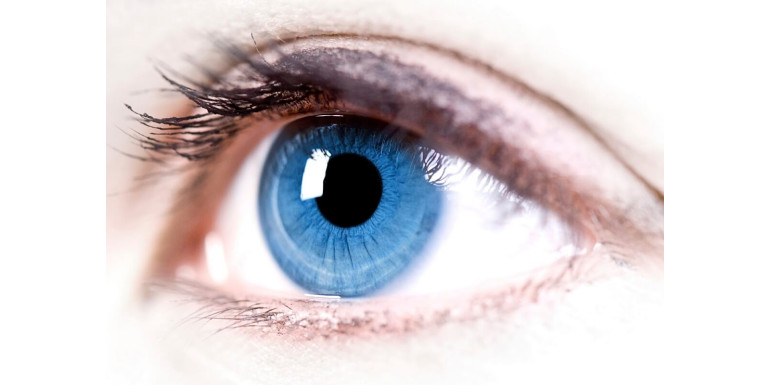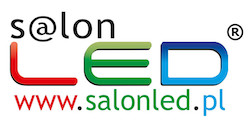-
Why choose gold LED pendant lights? 12/29/2025 22:06:25Linear LED Pendant Light – Where Does It Work Best? 12/18/2025 12:19:09Voltage in LED Lighting – 230V, 12V, 24V or 48V? Comparison and Applications 12/16/2025 18:24:10The influence of LED lighting on eyesight and health02/12/2019 13:55:17
 LED lighting is gaining more and more recipients. Until recently, the vast majority of benefits indicated mainly issues related to innovative technology or energy efficiency associated with modern lighting. Today, when deciding on LED lighting, we also take into account one more important aspect - the impact of lighting on health.
LED lighting is gaining more and more recipients. Until recently, the vast majority of benefits indicated mainly issues related to innovative technology or energy efficiency associated with modern lighting. Today, when deciding on LED lighting, we also take into account one more important aspect - the impact of lighting on health.
The health impact of LED technology is related to both the health of users and environmental protection. The safety of use, which is proved by the production of incandescent bulbs, which do not use any harmful substances, including heavy metals (mercury, lead), is at the highest level. What's more, this environmentally friendly technology does not emit ultraviolet (UV) or infrared (IR) radiation, which is known to be disadvantageous for humans. In the LED lighting, there is also no pulsing effect of light, thanks to which the eyes do not get tired even when they are in the light for a long time. No light shake effect, as in the case of traditional lighting, provides better well-being, lack of tiredness and headaches. [Traditional bulbs shine at 50 HZ - that is 50 times per second they turn on and off.]
It is also worth paying attention to the production of LED bulbs in a wide range of colors. Users have a choice of different colors of light. LED lighting in warm white color allows the eyes to rest, improves the reproduction of colors, increases concentration, thus perfectly allows you to relax. For domestic use, in particular, a heat color below 3300K is recommended.
Of course, as with any modern technology, also in the case of LED lighting we can find some irregularities. One of them is the fact that a stream of LED light directed directly to the eyes can damage them. There is advice, however. It is not worth installing point LEDs in places easily accessible to our eyes.
Menu
- +Outdoor lighting
- +Indoor lighting
- +Wall LED lamps
- Line light LED
- LED profiles ALU
- +Track system
- +LED ceiling lamps, hanging and surface-mounted
- +Ceiling covers
- +LED plafonds
- LED recessed downlights
- +Hanging lamps LED
- Ceiling spotlights and spots
- Ceiling fans LED
- LED lights for paintings
- Starry Sky
- +LED floor lamps
- LED table and desk lamps
- Living room
- Bedroom
- Dining room
- LED bathroom lighting
- LED kitchen lighting
- LED stairs lighting
- +LED bulbs
- All manufacturers
- Prices drop
- New Products
- Bestseller




